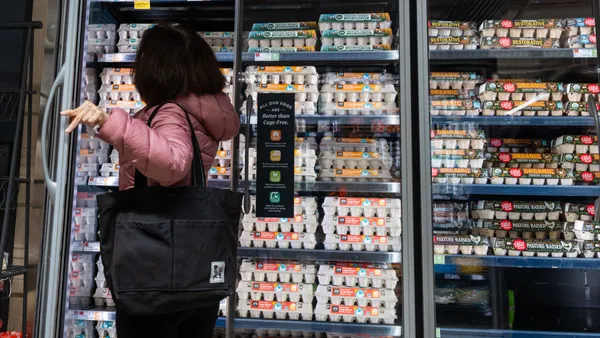Lack of rainfall is pushing the Panama Canal to adopt water conservation measures, impacting the flow of goods through one of the world’s most important conduits for international trade.
Water-saving measures have been implemented since Jan. 3 to maintain capacity in the canal’s reservoirs during the rainy season, which runs from May through December, according to the release. The water-saving efforts also aim to offset the expected water demand during the dry season which spans between January and late April.
In the meantime, the canal has implemented draft restrictions, which limit the depths of each ship. To meet depth requirements, ships will have to either carry less goods or lighter items.
“The canal will proceed with water saving measures during the rainy months to aid water recovery throughout the surrounding lakes and, thus, guarantee resources for human consumption without affecting transits,” the release said. “Unfortunately, current estimates indicate that the economic impact is unavoidable.”
Panama Canal Administrator Ricaurte Vásquez Morales said the current conditions have produced the driest year on record since 1950. The shipping channel expects water levels to worsen from the El Niño weather pattern, and Panama’s government declared a climate emergency from a prolonged drought.
Some ocean carriers have already implemented low-water surcharges for containers traveling through the Panama Canal. Hapag-Lloyd and CMA CGM, for example, both applied a surcharge on some routes between Asia and the East Coast of North America, effective June 1.
In the past, restrictions due to low water levels have led shippers to look for alternative routes from Asia to U.S. East Coast. Currently, higher rates to ship to the East Coast could also be a result of low water surcharges, Freightos said in a June 6 email update.
The Panama Canal reaches some 1,700 ports globally.and is a crucial link connecting the U.S. East Coast and Asia, according to the International Trade Administration.
As officials continue to monitor water levels and implement operational and planning procedures to help mitigate potential economic impact, other industry stakeholders say the situation is stabilizing.
In the past two to three weeks rainfall has somewhat improved, Chief Meteorologist Jon Davis from Everstream Analytics told Supply Chain Dive in an email. “The rains have not been enough to improve the situation with the water levels in the fresh water lakes (Lake Gatun, for example) but levels have stabilized.”
The last severe drought reported was in 2019 through 2020 when precipitation in the canal watershed was about 90% below the historical average.
Edwin Lopez and Sarah Zimmerman contributed to this story.












